by Alessandra Ressa
When people ask me what I think is the greatest invention of all times, I don’t hesitate for a moment: it’s the washing machine.
True, penicillin and other scientific breakthroughs saved and continue to save lives, mobile phones and computers have changed our life styles dramatically, and airplanes have made the world a really small place. However, the washing machine is simple, cheap, and irreplaceable.
Just imagine the lives of women who, for centuries or even millennia, did their laundry in the cold waters of rivers, creeks, and wash houses, with a bucket and a wooden washboard. Only in relatively recent times, the luxury of a fat bar of soap came along.
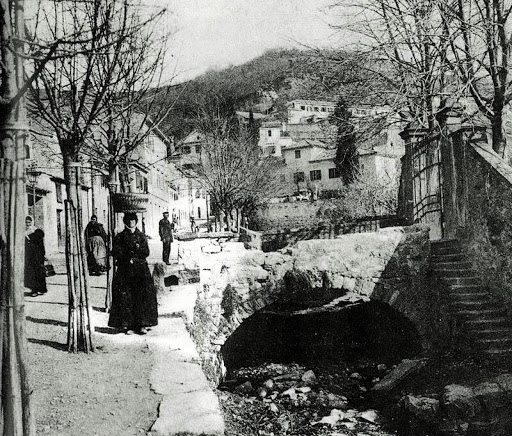
Most wash houses in the western world have been lost forever, and the ones that survived the oblivion and neglect have become part of the urban landscape as monuments of the past. A few located where modern housing development was inconvenient have been forgotten.
One of the few silent witnesses of times is the old wash house in Roiano, a once rich agricultural area on the outskirts of Trieste, now a busy charming working-class neighborhood. Located at the bottom of a narrow valley surrounded by steep hills covered in a bushy forest, the long forgotten wash house of Roiano is a real jewel and is mostly visited by wild boars these days.
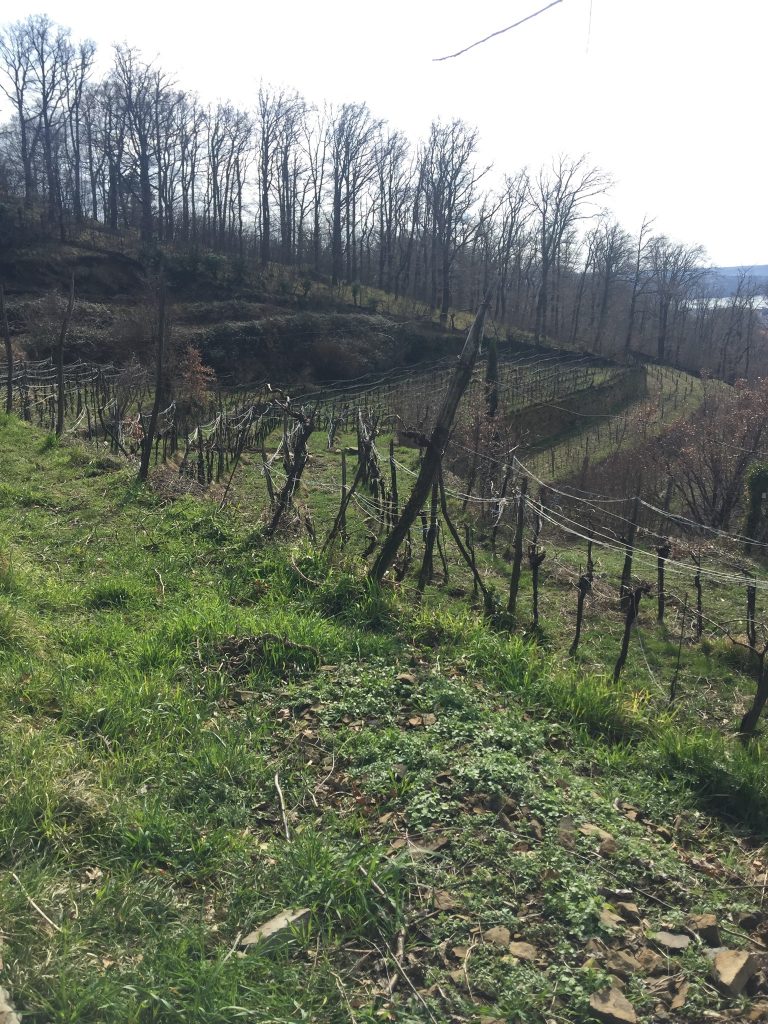
It’s a rare type of underground structure entirely made of large sandstones, with a dome shaped roof, walls to protect women from cold winter temperatures and the Bora (a very strong wind that can reach up to 170 km/h). The wash house has a window to allow light in. The crystal clear waters come from a creek which become a beautiful waterfall right next to the wash house. It truly makes you forget you are in the heart of a thriving neighborhood. The name of the creek also seems to be forgotten. According to some residents, it is called “Rio Rosani”, but nobody knows for sure. It is located in what in the local dialect is known as “patoc”, which refers to a muddy canyon-like terrain.
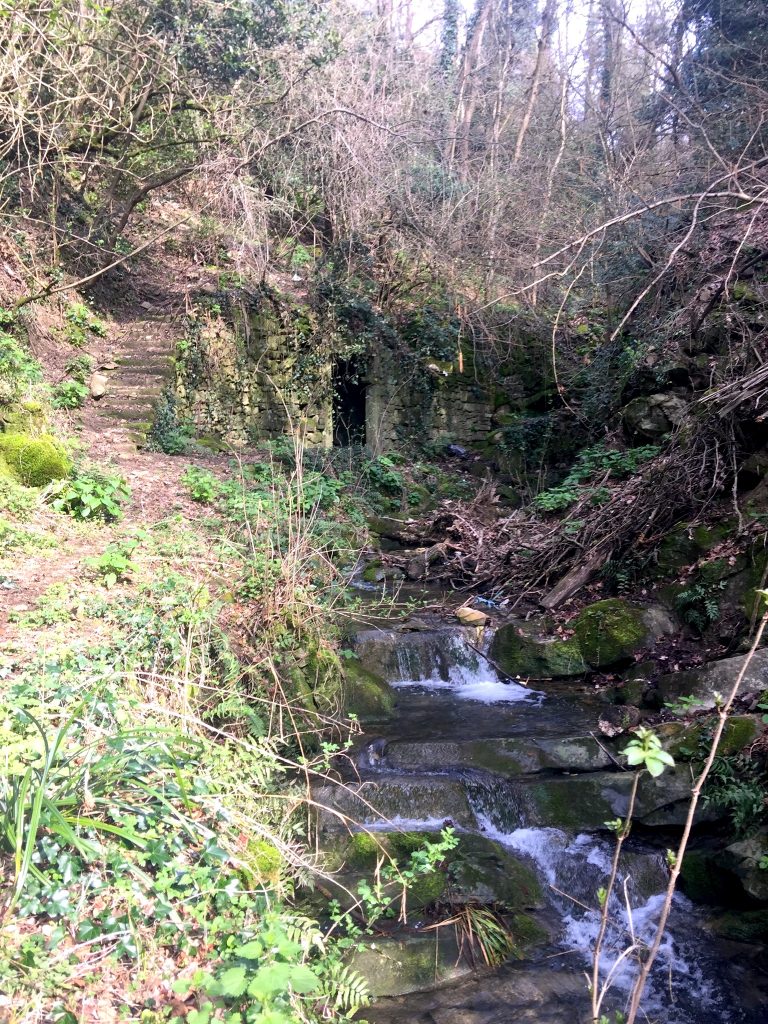
The wash house was probably built by the Trieste city council in 1818 for the peasant women of Roiano. There is no direct path to it today as the original one must have collapsed a long time ago. It is however possible to reach it in relative safety.
Turn left after the main square of Roiano and its majestic church to a steep road called Via dei Moreri. Approximately half way up the hill there is a narrow lane (one person at a time can go up or down) on the right that separates two sets of old country houses.
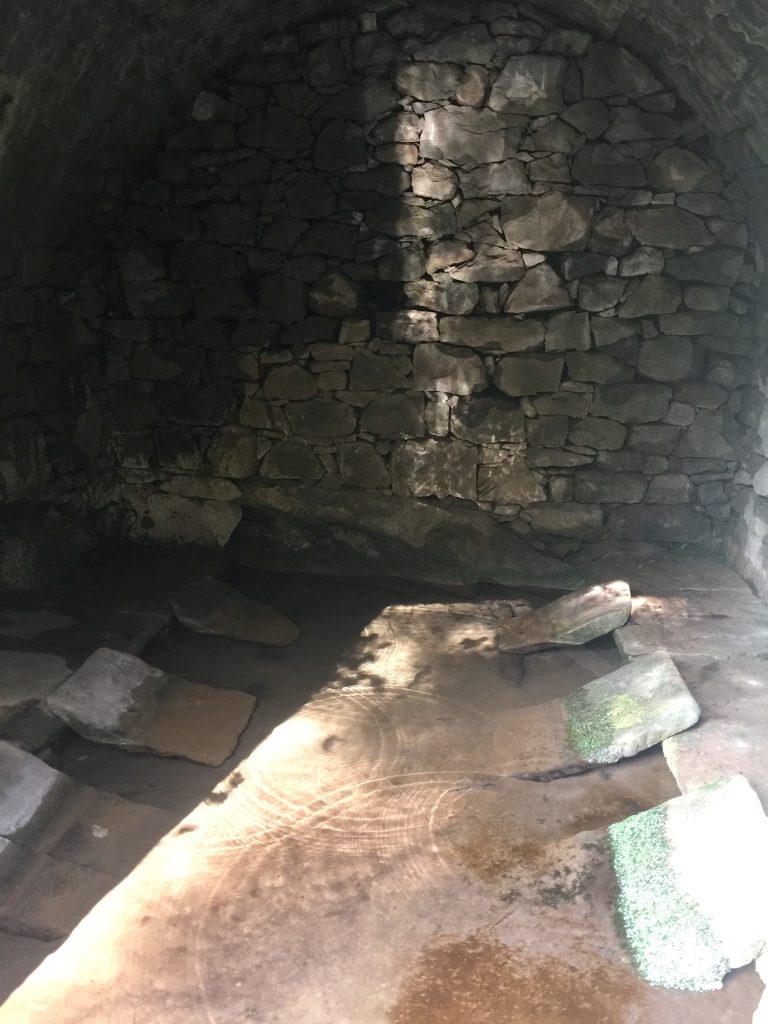
The “Private Property” sign is certainly a deterrent (but not necessarily legitimate, I was told by locals) but it is currently the only access to the site. Following the narrow lane you will soon reach the creek and its waterfall. On the left of the waterfall there is the entrance to the wash house.
A local family has taken partial care of it and volunteers have ensured its preservation but you still need to use some extra care while visiting it. The building is built in dry stone, which means rain and floods may cause some areas to be unstable or even collapse.
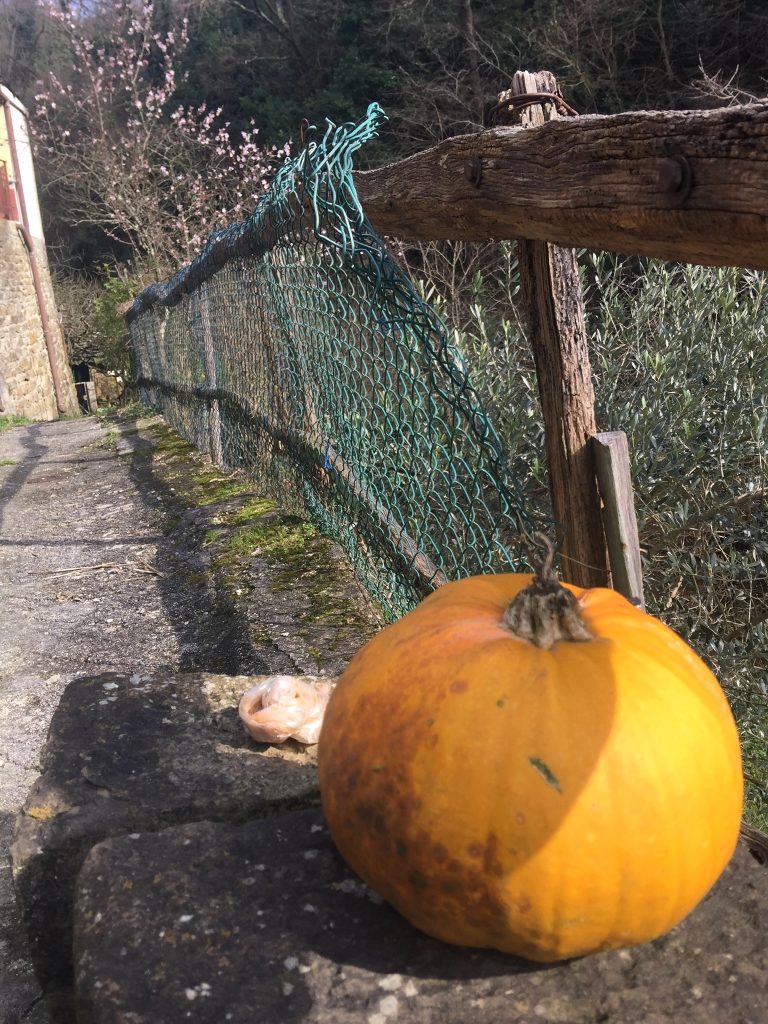
Once inside, the sound of the waterfall will take you back in time. When you close your eyes and you can almost hear the women kneeling down on the hard, cold stone, singing folk songs in Slovenian and in the local dialect while washing piles of linen. And you can almost smell the fragrance of those soaps, of summers of laundry drying in the sun in the countryside, and of winters where frozen shirts and pants shook under the gusts of Bora like puppets.
Once you open your eyes you will see the sun rays reflecting on the walls in a thousand golden waves and in the clear water of the underground pool, where only tiny salamanders remain to enjoy the beauty of the place.
I was told that climbing up the “patoc” and following the creek up the steep hill it would be possible to see the remains of the second wash house, very similar to this but in a poorer condition. However, my attempt at finding it failed as the terrain was unstable and vegetation and earth may have covered it completely. Once back home, I changed into clean clothes and threw the muddy ones into the washing machine. And I thought: “How I love my washing machine!”

























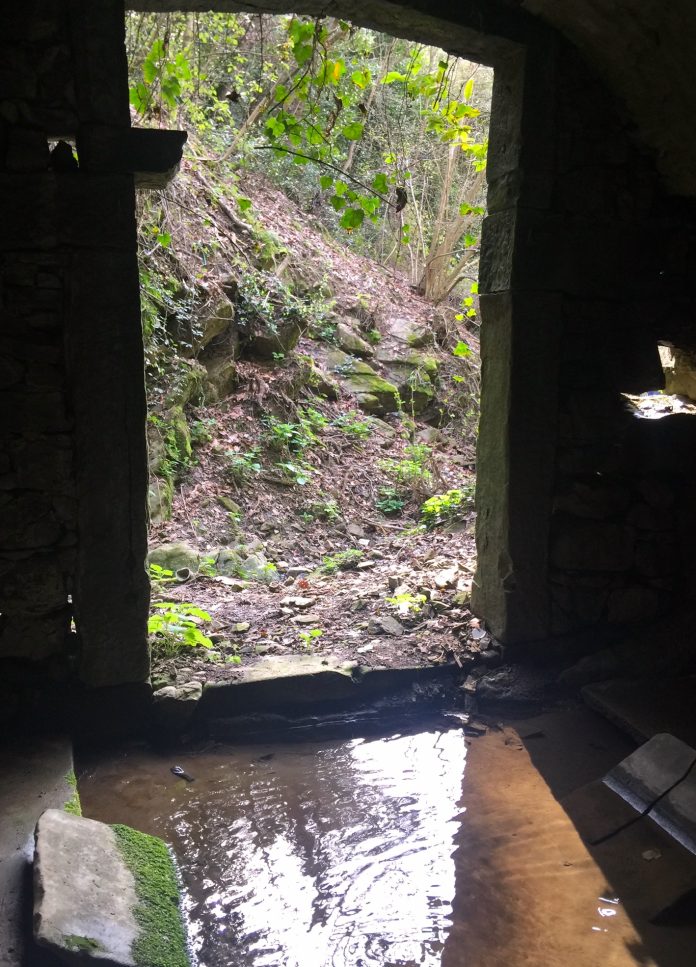




Grazie for the Article on the Wash House in Roman.